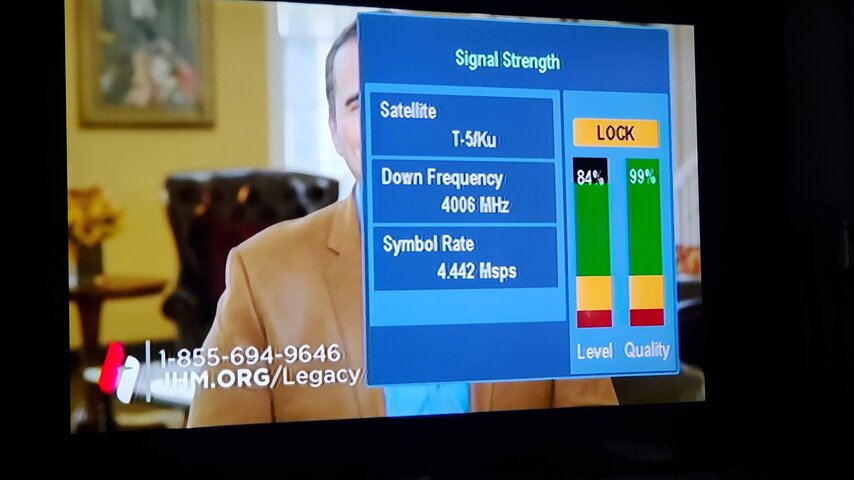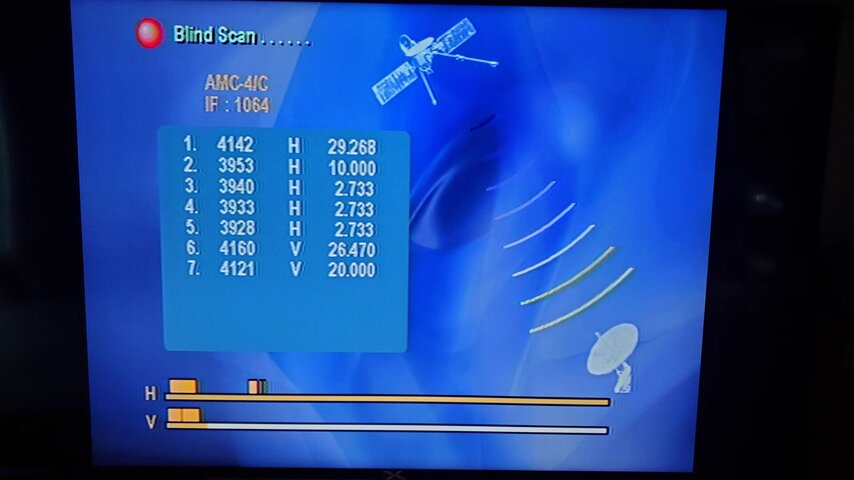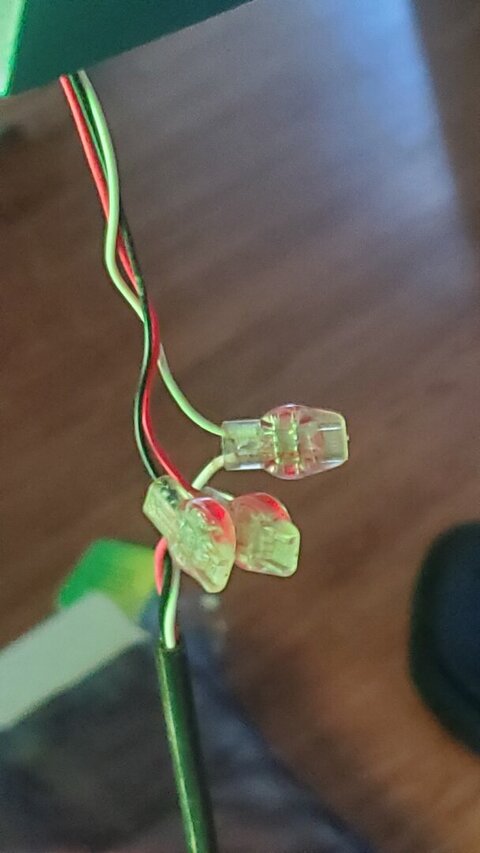I am typically a LNBF or orthomode feed guy, but I came across a dish with a C/Ku Chap Corotor feed that I got free. I scored a Pansat 3500 for $10 on ebay for the skew control. Not many DVB-S signals left, but enough for me to try out the feedhorn. I tuned to 101w and ran a blind scan with the receiver connected to my orthomode feedhorn. The receiver found the DVB-S signal and Daystar SD actually played. Nothing else because the Pansat only decodes MPEG video. I can still see the MeTV and other FTA signals on the signal meter. I connected the C/Ku feedhorn in the house at the receiver to test the skew control...
Here's the issue:
When I am tuned on a Horizontal transponder, the servo motor jumps around 10 degrees or so rather constantly, even with the receiver in StandBy. The servo is stable and adjusts smoothly on Vertical transponders.. I'm not sure the issue.
Advice? I can video the servo probe if it will help.
Here's the issue:
When I am tuned on a Horizontal transponder, the servo motor jumps around 10 degrees or so rather constantly, even with the receiver in StandBy. The servo is stable and adjusts smoothly on Vertical transponders.. I'm not sure the issue.
Advice? I can video the servo probe if it will help.




